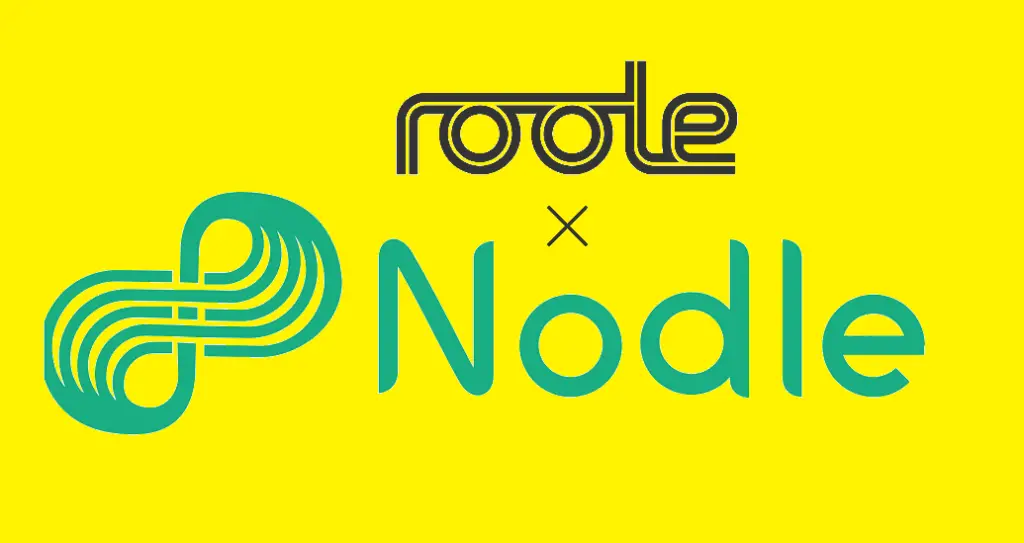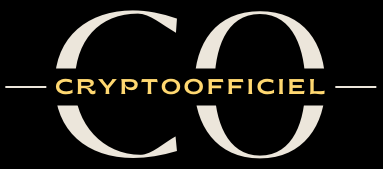Nodle Network partners with French automobile club Roole to locate stolen vehicles

Roole’s partnership with Nodle to pilot the Nodle network with their fleet is one of the many real-world use cases where Web2 companies are using decentralized technologies. And since this web3 project is based on privacy-first principles, no direct personal data is collected at any point of the entire process. So, if you are interested in learning about the Nodle network, Roole, and blockchain based car theft protection, then allow us to present a brief and to-the-point article.
According to Eurostat, there were around 4,47,700 police-recorded car thefts in the EU in 2020. And though there has been a downward trend in vehicle thefts as compared to the previous decade, the numbers are quite serious still.
In recent years, many technological advancements have been made to mitigate the problem across Europe. One such company actively involved in providing services to make life easier for motorists is Roole, the 1st automobile club in France.
Apart from providing complimentary car insurance and free information services around mobility like parking spaces, gas stations, charging stations, etc., Roole’s anti-theft protection solutions are perhaps the best additional guarantee a car owner could ask for.
From being one of the leaders in anti-theft engraving in France since 1982, RFID cards, to Wetrak GPS beacon, Roole’s engagement in offering peace of mind to its members, through innovative, technological services and caring human relations, has been well documented.
In this new era of Web3, Roole has joined hands with Nodle, a blockchain-based IoT connectivity provider, to help car owners trace and recover their cars in the event of a theft.
Nodle is basically a decentralized network consisting of 4 major elements: IoT devices/targets typically embedded with a simple BLE chipset, network contributors, validators, and subscribers. Simply put, Nodle is a crowdsourced IoT network, where edge nodes (smartphones) act as gateways for the Nodle Network.
Once a user authorizes the Nodle SDK to run on their device, the device becomes an Edge Node by joining the Nodle Network and adding its local resources (such as BLE/Wi-Fi/mobile interface, GPS sensor, CPU & storage) to the resources of the global network.
Nodle Validators are trusted parties that maintain a distributed ledger (blockchain) called the Nodle Chain and are used to handle settlements between the network members and operate the Nodle Cash token.
Nodle Network subscribers are people, or entities, that use the services of the Nodle Network, and pay a fee in return.
How NODLE provides anti-theft car protection in partnership with ROOLE

According to NODLE’s 10 year roadmap, as phase 1 of the project is coming to an end, it has already released its NODLE token (NODL), which’ll be used to incentivize the growth of its network; and released the Nodle Cash app and Nodle SDK. A private version of the IoT asset tracking feature was also released and made available to a few network consumers.
Nodle’s decentralized network of edge nodes (smartphones) works together to locate and connect “smart objects,” like Bluetooth tags embedded within cars. In exchange, Nodle app users are rewarded in $NODL cryptocurrency for helping grow the wireless network when their smartphone connects to Bluetooth tags embedded in Roole vehicles, and thus locating stolen vehicles.
Off-the-shelf Bluetooth tags are placed on the vehicle, and when an owner reports a vehicle stolen, the Nodle Network searches for the tag in question. When a vehicle is discovered, the detection is securely routed to Roole.
In phase 2 (2022-2025) of the project, Nodle will aim for decentralized asset tracking, where the asset tracking capability will be rewritten as a smart contract running on top of the Nodle chain. Nodes will be incentivized to increase network coverage, while the Nodle Cash app will aim for geo-located NFTs and smart missions.




